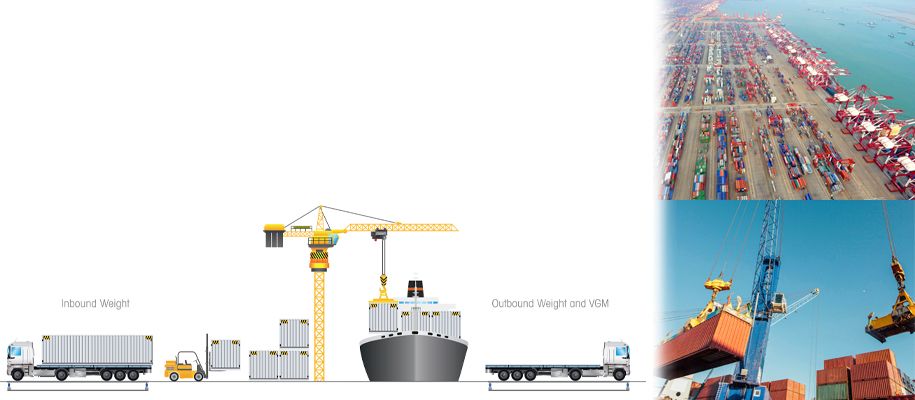SOLAS Regulations: A Guide to Compliance
Container Weighing Made Easy
Expand to preview the guide
SOLAS (Safety of Life at Sea) Regulations went into effect on July 1, 2016. Do you know if your company is operating within compliance? Non compliance could mean delayed or refused shipments at the port. Our free guide features how you can ensure you meet the new requirements as well as key SOLAS topics, including:
- What is SOLAS
- How to comply with Method 1
- How to comply with Method 2
- Services to maintain compliance
Designed for both people familiar with the weighing industry and those just beginning to learn about weights and measures, this guide is easy to follow. The aim is to help you determine which option will work best for your business.

- What is SOLAS?
The International Convention for the Safety of Life at Sea (SOLAS) is an international maritime safety treaty from the International Maritime Organization (IMO), the maritime arm of the United Nations. It regulates safety of life at sea, which includes any ocean-going vessels. The IMO, in 2015, issued guidelines regarding verified weight of all containers shipped at sea.
- Why were the new guidelines created?
Declaration of shipping weights has been required for a long time. Verification of shipping weights has not. Verification is now mandatory because misdeclared weights have caused unsafe conditions at sea for vessels and crew.
- Who is responsible for compliance?
Anyone listed on the bill of lading as the shipper will ultimately be responsible for providing the verified gross weight. That may be the shipper of original origin, or it can be a non-vessel operating common carrier (NVOCC) or freight forwarder. Any business within the logistics chain that declares itself the shipper is essentially the responsible party.
- Who enforces the new guidelines?
In general, the enforcement is the responsibility of the maritime organization of each country beginning July 1, 2016.
Although enforcement begins July 1, implementation should ideally begin by May to avoid disruptions and fines, as some containers get transshipped after July 1 and will depart from their original port of origin as early as May.
If non-compliant, the containers shall not be loaded on the vessel, according to the rule. Both the terminal and the shipper can be held responsible.
- How do you comply?
Two methods are allowed. With method 1, you must weigh the entire container, contents and packing. Method 2 requires you to weigh contents separately, adding the packing material and the container tare weight to compute the declared weight.
Situational Considerations and Questions to Ask
Regardless of your place in the supply chain, you will likely be impacted by the new regulations. Following are some considerations based on your role.
Port / Terminal:
Will you turn every shipment away that does not have a verified gross-mass weight?
Are you interested in providing verified gross-mass (VGM) weights as a service for an additional source of revenue?

NVOCC / 3PL Shipper / Forwarder:
Are you consolidating less than container load shipments which will require you to be named as the shipper?
Does it make sense for you to provide the weighing service for your customers as the freight moves through your portion of the supply chain?
What is the aggregate cost of purchasing the weighing service from others versus revenue generation as a service provided?
Manufacturer / Shipper:
Are you willing to pay the extra fees for each container to be verified by someone else or do you want your verified weights coming from a known and trusted source?
Can you afford to have a container held at the port because the verified weight provided to you by an outside source was incorrect?
If you provide the service for yourself, can you use the data elsewhere or in your operational metrics?
Can you provide weights for other manufacturers/shippers as a service for quicker ROI on the equipment?



